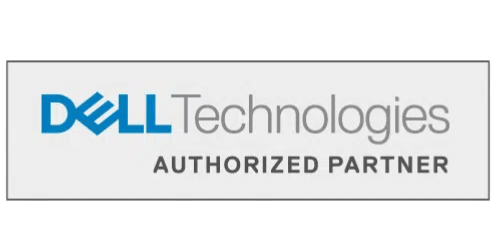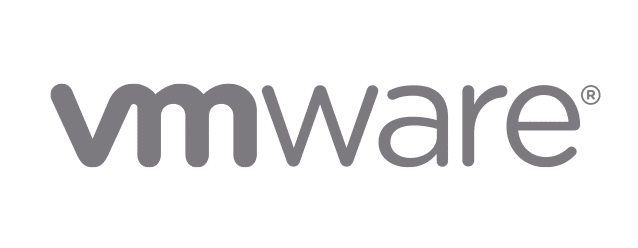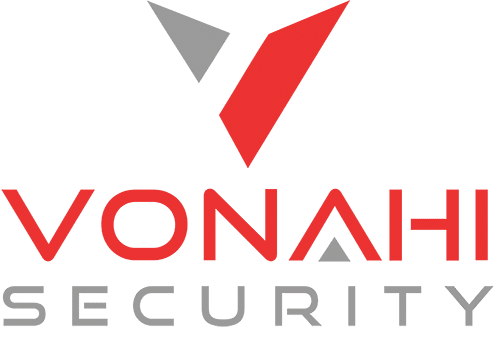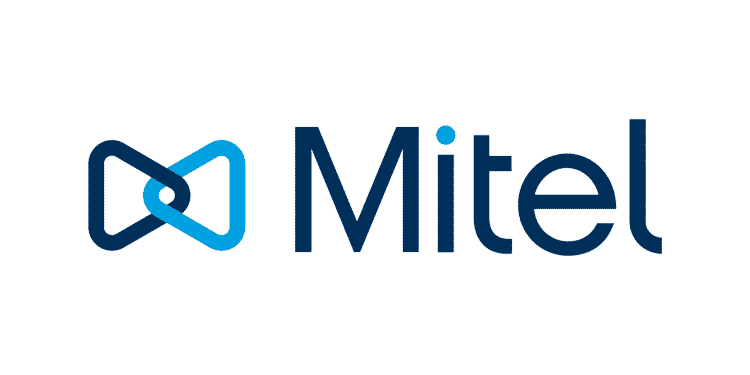Cybersecurity
Email Filtering
Ensure Safety and Efficiency with Email Filtering
Email remains the primary method of business communication—even with virtual meetings on the rise, companies rely on email for the majority of their interactions. Due to its commonplace nature, email often gets neglected when it comes to cybersecurity initiatives, but cyberattacks by email are a substantial concern for modern businesses. Simple mistakes by your employees, such as opening a harmful link or attachment, can jeopardize the entire organization and network. Email filtering is a highly beneficial cybersecurity service and a useful tactic to combat email-based threats and keep your business safe.
Integrated Technology is well-versed in email filtering services, both on-premise and cloud-based. By scanning inbound and outbound email traffic using a variety of techniques, our email filtering technologies classify data into specific categories to ensure that your organization is operating at maximum safety and efficiency. Not only does email filtering prioritize your company’s efficacy by reducing the amount of time spent sifting through countless trivial emails, but it also serves as a safeguard between your network and a detrimental data breach.
Frequently Asked Questions
Email filtering, sometimes referred to as spam filtering, aims to eliminate spamming messages, mitigate phishing attempts, and defend against malicious security breaches. Email filters are an integral component of a business’ complete approach to cybersecurity. Organizations can deploy email filtering functionalities as a cloud service or an on-premise service, depending on their particular network. Some industries even require email filtering to meet specific compliance regulations and quality standards.
Email filtering operates by scanning emails and sorting them into predetermined buckets that include, but are not limited to: spam, bulk, malware, virus, imposter, etc. An experienced managed cybersecurity firm can deploy both inbound and outbound email filtering services, which work to ensure your organization neither sends nor receives harmful content. Email filtering technologies can be applied to on-premise systems or cloud-based networks. On-premise, or appliance-based, email filtering commonly requires manual maintenance and updates and may need to be monitored by an internal business IT team. Conversely—and following the trend of many cybersecurity functionalities—cloud-based email filtering allows for automatic, real-time updates and, if necessary, outsourced maintenance.
Email filtering services exist in a variety of formats that employ different tactics to secure your business’ communication. Thorough email filtering services typically combine a few or all of the following techniques: content analysis, bayesian analysis, challenge-response filters, permission filters, safelisting, and blocklisting.
Content Analysis
Email filtering through content analysis allows your network to block emails based on what’s contained in the email message itself. Content analysis scans different aspects of the email, such as the header, the body, or the attachment, for flagged words and content that might indicate mal intentions.
Bayesian Analysis
Bayesian Analysis is an advanced type of content analysis that improves spam filtering the longer it is in operation. With each message the system scans, Bayesian Analysis learns more and more about the types of content to watch out for, becoming incrementally efficient.
Challenge-Response Filters
Challenge-Response Filters (C/R Filters) protect your email by automatically replying to the sender with a challenge designed to verify their identity. Should the sender fail this code-form challenge, the email will not be delivered. C/R Filters are only for first-time communication, meaning once a sender passes the verification process, they will not need to fulfill this requirement again.
Permission Filters
Permission filters dictate that the sender of the message needs to be approved by the recipient before the email is officially delivered. If a business is receiving and sending emails to users outside the organization’s network with any notable frequency, permission filtering may not be ideal.
Safelisting and Blocklisting
Safelisting allows an organization to filter emails by developing a predetermined list of which senders and users they would like to accept messages from. Inversely, blocklisting gives a business the ability to create a list of senders they wish to block.
Email filtering is crucial for your business’ cybersecurity approach because cyberattacks via email continue to grow as a threat, especially as businesses have shifted toward at least a hybrid work-from-home model. This paradigm shift has prompted a surge in email and online communication, both internal and external to an organization’s network. Cybercriminals seek to exploit this new terrain, finding simpler ways to penetrate company networks and compromise critical data for financial gain. Accordingly, a proper email filtering service is vital to reduce the risk of email-based cyberattacks.
Trusted Support
Read our blogs to find out more about the latest in IT, and to see our success stories with previous clients.
























